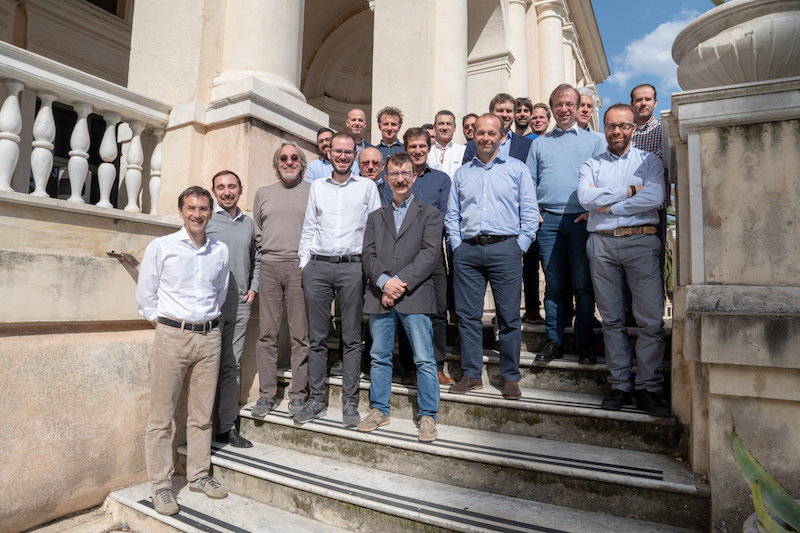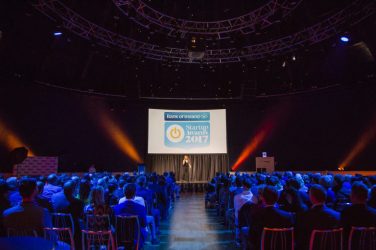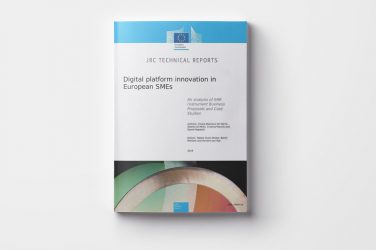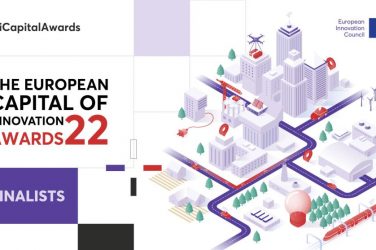Geotechnical surveying consists of acquiring “images” of the geophysical structures underground, by “illuminating” the area with powerful acoustic waves and measuring with sensors the signals reflected back. The process can be done at different scales with different resolutions: oil and gas exploration (also known as geophysical exploration) usually requires to cover large areas of deep water (up to hundreds of square kilometres) to be covered at a relatively small resolution (the larger the oil field, the better!). Civil engineering applications, such as the installation of pillars, wind farms, submerged pipes or cables, and port infrastructure, often requires higher imaging resolution of smaller areas (hundreds of square metres) in shallower waters. This is what we call geotechnical characterization.
Whatever the scale, traditional methods for “imaging” the sea bottom with acoustic signals are based on towed equipment: a boat tows one or more acoustic sources, such as air guns, which explode very powerful “air bubbles” in the water, or “sparkers” firing electrical pulses underwater making a thunderbolt-like sound. The boat also tows long cables just under the water’s surface that are equipped with hydrophones (underwater microphones) to pick up the sound bouncing back from the seafloor. As the sound penetrates the sea bed, different signals are bounced back from different underground layers. By picking up these signals with many different hydrophones spread over a large area, geophysicists can use the data to reconstruct images of underground structures. It is very important to know how much time elapses between the emission of each signal by a source and the reflection being picked up by the hydrophone. This information is easy to access in traditional geotechnical surveying as the acoustic sources and the streamers hosting the hydrophones are all connected to the same ship and information is transmitted through wires.
The idea behind WiMUST was to decouple the sources of signals from the hydrophones receiving them: while the sources are carried by two autonomous catamarans, the streamers with hydrophones are towed by independent Autonomous Underwater Vehicles (AUVs). This allows for much more flexible surveying, but it is necessary to synchronize the signals very precisely. Moreover, the AUVs need to manoeuvre accurately while making sure that the streamers do not get entangled, without the help of GPS or radio-based navigation aids that are not available underwater.
The WiMUST consortium faced great technical challenges over a three year period, but all were solved. The final experiments were performed on the Portuguese coast, near the town of Sines, at the end of January 2018. You can also follow us on Twitter, Facebook and YouTube and find more information about the project on our website.
I believe we have demonstrated that EU has a great potential in the field of marine robotics innovation: the possibility of bringing together so many different skills from different corners of the continent with a common goal brings unique research and innovation opportunities. I cannot think of any region with similar potential at the moment, and the WiMUST team was able to make the most of it. I’m honoured to have coordinated this project and grateful to my consortium colleagues for their efforts and their commitment.
The way is now open to new challenges: turning the WiMUST prototype into an industrial tool and further research to improve navigation, guidance, control, endurance, autonomy, robustness, communication capabilities and the general efficacy of marine robot-based solutions.
WiMUST was featured on Euronews as part of their Futuris programme. You can watch the video online.












Show Comments